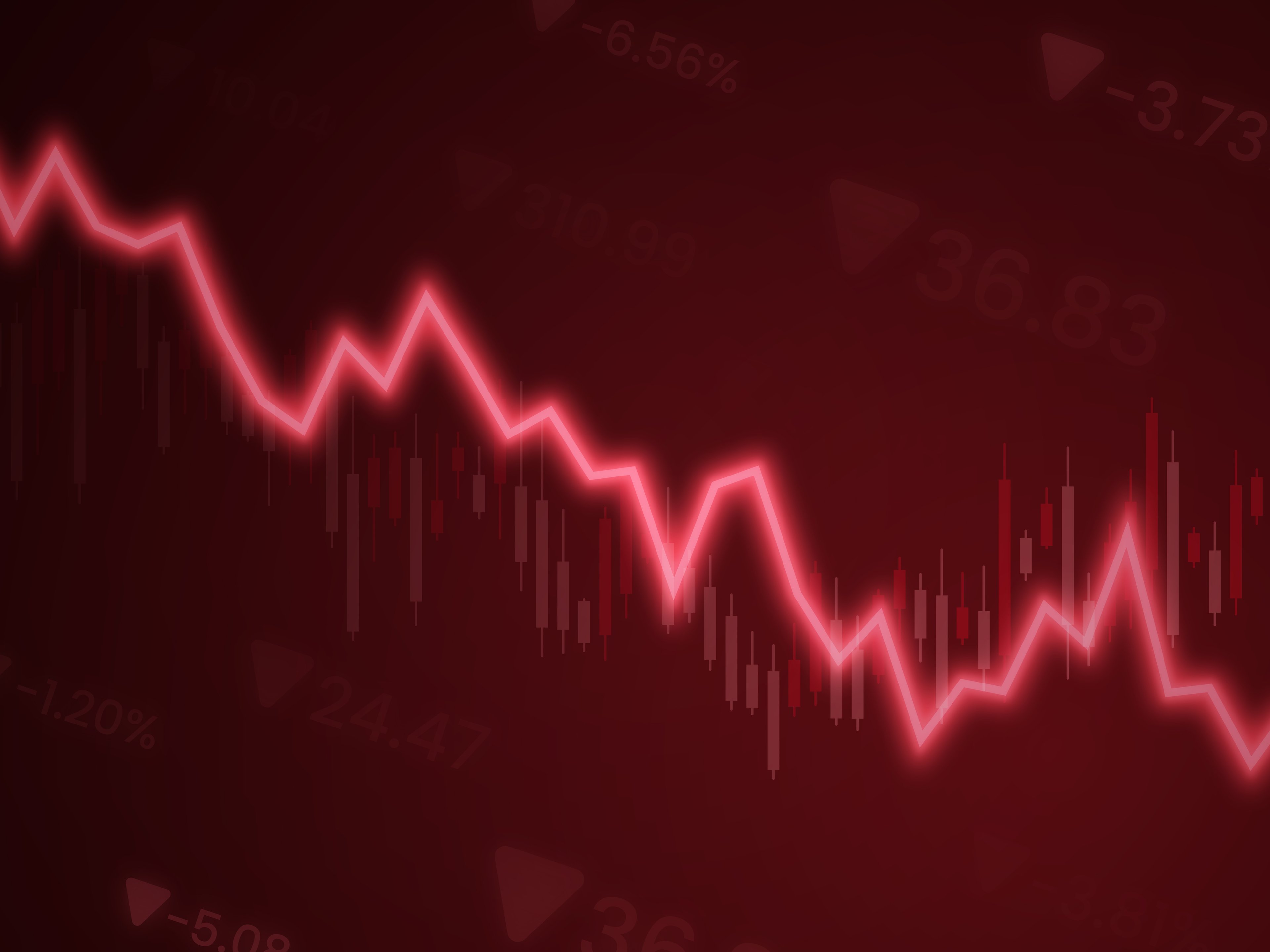Shiba Inu (SHIB +3.27%) has minted a lot of millionaires since its market debut in 2020. The meme coin was launched as a parody of Dogecoin, which itself was a parody of Bitcoin (BTC +0.96%), and had an earliest trading price of just $0.00000000051.
Today, Shiba Inu trades at $0.000012. That rally would have turned a $100 investment into $2.35 million. Let's see why this canine-themed coin generated such massive gains -- and if it can churn out even comparable millionaire-making gains during the next few years.

Image source: Getty Images.
What sets Shiba Inu apart from other cryptocurrencies?
Shiba Inu's anonymous founder, Ryoshi, created the token on Ethereum's (ETH +0.31%) blockchain and minted its entire supply of 1 quadrillion tokens before its launch. It's a deflationary token because it can be burned (removed from circulation) but not minted. It also can't be mined like Bitcoin or Dogecoin.
Shiba Inu initially gained a lot of attention after Ryoshi gave 500 trillion of those tokens to Ethereum's co-founder Vitalik Buterin, who subsequently burned more than 40% of those tokens. Today, it still has a circulating supply of 589 trillion tokens with a market cap of $7.2 billion.

CRYPTO: SHIB
Key Data Points
Shiba Inu runs on Ethereum, so it doesn't have its own native Layer-1 blockchain. When Ethereum transitioned from the proof-of-work mechanism to the proof-of-stake mechanism in 2022, it added support for smart contracts, which can be used to develop decentralized apps (dApps), non-fungible tokens (NFTs), and other crypto assets.
That expanding ecosystem opened up new ways for Shiba Inu to be spent and staked (locked up for interest-like rewards), but it was overshadowed by Ethereum's native token, Ether. ShibaSwap, its decentralized exchange which was a launched on Ethereum's Layer-1 blockchain in 2021, was also constrained by Ethereum's higher gas (user) fees and speed limitations. That's why Shiba Inu's developers in 2023 launched Shibarium, a Layer-2 blockchain that offers lower gas fees and higher transaction speeds than Ethereum's underlying Layer-1 blockchain. They also expanded ShibaSwap's exchange to Shibarium last year.
Why did Shiba Inu's price skyrocket?
Many investors initially dismissed Shiba Inu as a joke. But its early association with Dogecoin, its listings on crypto exchanges Coinbase and Binance in 2021, the buying frenzy in meme coins, and Elon Musk's tweets about Shiba Inu dogs all drove its price higher. The launches of ShibaSwap and Shibarium strengthened the foundations of its ecosystem.
The bulls expect Shibarium's expansion to draw in more developers, increase the value of its own token, and nurture the development of new ShibaSwap tokens like BONE and LEASH to draw in more investors. Its developers also recently launched a new metaverse platform with more than 100,000 plots of virtual land, and Shiba Inu will be the default currency for purchasing that digital real estate and paying for virtual experiences.
Shiba Inu's investors could also burn more of their own tokens to tighten up its supply, and it might gain more mainstream recognition through its payment partnerships with bigger businesses. If its price keeps rising, some crypto companies might even launch their own spot price exchange-traded funds (ETFs) for Shiba Inu -- as they did for Bitcoin and Ethereum last year. Those ETFs could draw in more retail and institutional investors and stabilize its volatile price.
Declining interest rates could drive more investors back toward cryptocurrencies and other riskier assets during the next few years. The Trump administration's crypto-friendly policies could also convince investors to take meme coins like Shiba Inu and Dogecoin much more seriously.
But is Shiba Inu a potential millionaire-maker?
Shiba Inu had a great run during the past five years. But if it replicated that 2,352,841% gain during the next five years, its market cap would skyrocket to $169.4 trillion and make it the most valuable asset in the world. Gold and Bitcoin currently have market caps of $22.8 trillion and $2.3 trillion, respectively. Ethereum only has a market cap of $427 billion.
Therefore, I wouldn't count on turning a $100 investment in Shiba Inu into $1 million again by 2030. It's also unlikely that Shiba Inu, or any Ethereum-based token, would eclipse Ethereum's market cap while still running on its blockchain. But if Shiba Inu's value swells 5,900% to match Ethereum's current market cap of $427 billion during the next five years (as Ethereum becomes even more valuable), it could transform a $1,000 investment into about $60,800.
That would be an impressive market-beating gain, but it wouldn't come anywhere close to being a millionaire-maker. A lot of things would also need to go perfectly for Shiba Inu to hit that price. For now, it will likely remain a highly volatile and speculative token. Investors should closely follow the expansion of its Layer-2 ecosystem to see if it can attract more attention. If it doesn't, it could sink a lot lower instead of delivering multibagger gains during the next few years.










